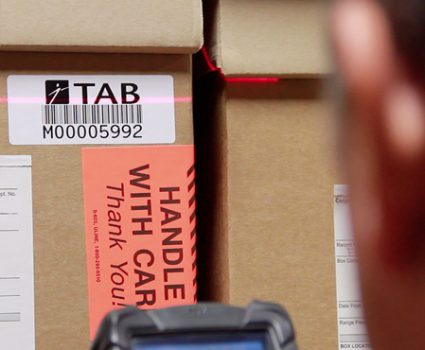
Budgeting Your Imaging Project: Six Overlooked Cost Factors – Part 1
Document imaging projects are complex undertakings. Each project has many variables and moving parts that can have an impact on the final budget.
Unless you have managed many imaging projects, it is hard to get an accurate handle on your budget. As the expression goes, you don’t know what you don’t know!
In a two-part blog post, we will reveal six commonly overlooked cost factors that can drive up the cost of your document imaging project. Knowing about these factors will help you estimate the cost of your project more accurately, and ensure that you stay on budget.
1. Collection Hygiene
Every records collection consists of a certain percentage of unneeded documents. (We regularly see ratios as high as 50 percent.) These unneeded documents can include duplicate copies, non-value adding correspondence, and records that have passed the required retention period.
By conducting a methodical inventory of your collection, and purging or setting aside unneeded documents, you can save a lot of time and money during the scanning process. The inventory also helps by alerting you to any incomplete files or missing documents, giving you time to re-assemble them before the scan.
2. Collection Intake and Inventory
The handoff of documents to the imaging team is a process that needs to run smoothly, otherwise you risk adding time and cost to the project. When transferring documents to the scanning team, the more information you can provide about the collection the better. Ideally, you would send an accurate, up-to-date electronic manifest that will allow your provider to quickly process and validate the files you have sent. In the absence of a manifest, or if the information is not complete, the imaging team may have to conduct a full document inventory, opening every box and confirming the contents manually. This would add significantly to the cost.
3. Naming Convention, Metadata and Indexing
Another big cost driver for imaging projects is the process of applying the naming conventions and metadata to the converted files.
As you can imagine, going through every file and manually applying the naming convention can add a lot of time and expense to the project.
Similarly, if you require additional metadata fields to aid with document search and retrieval, this too will add to the cost. The same applies for any metadata that will need to be added in order to meet regulatory requirements or industry information standards.
To help keep cost down for this portion of the project, it helps to provide an up-to-date electronic manifest with information about the documents to be scanned. This allows naming conventions to be applied directly to the converted files – saving on manual work.
In next week’s blog post we will reveal three more cost factors to watch for when planning your document imaging project. Follow us on Twitter, Facebook or Linkedin for an alert when the post is ready.
Next Steps
Can’t wait for part two of the post? Download our full guide right now, Budgeting Your Imaging Project: Six Overlooked Cost Factors
Learn how TAB can help you plan and execute your imaging project.
Need help planning your imaging project? Get in touch with a member of our team.





